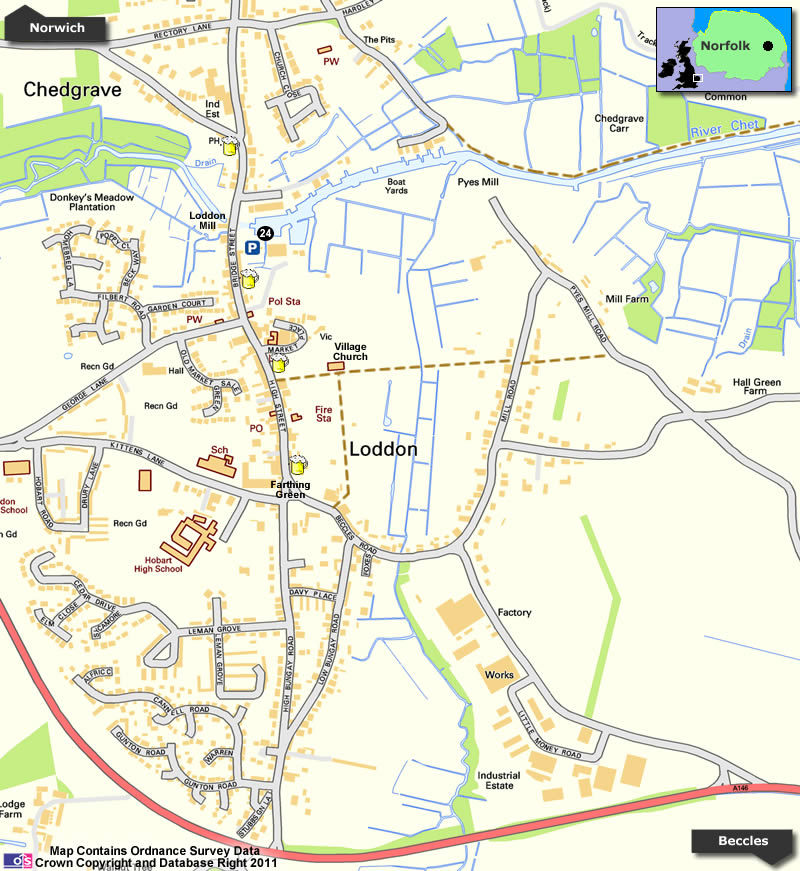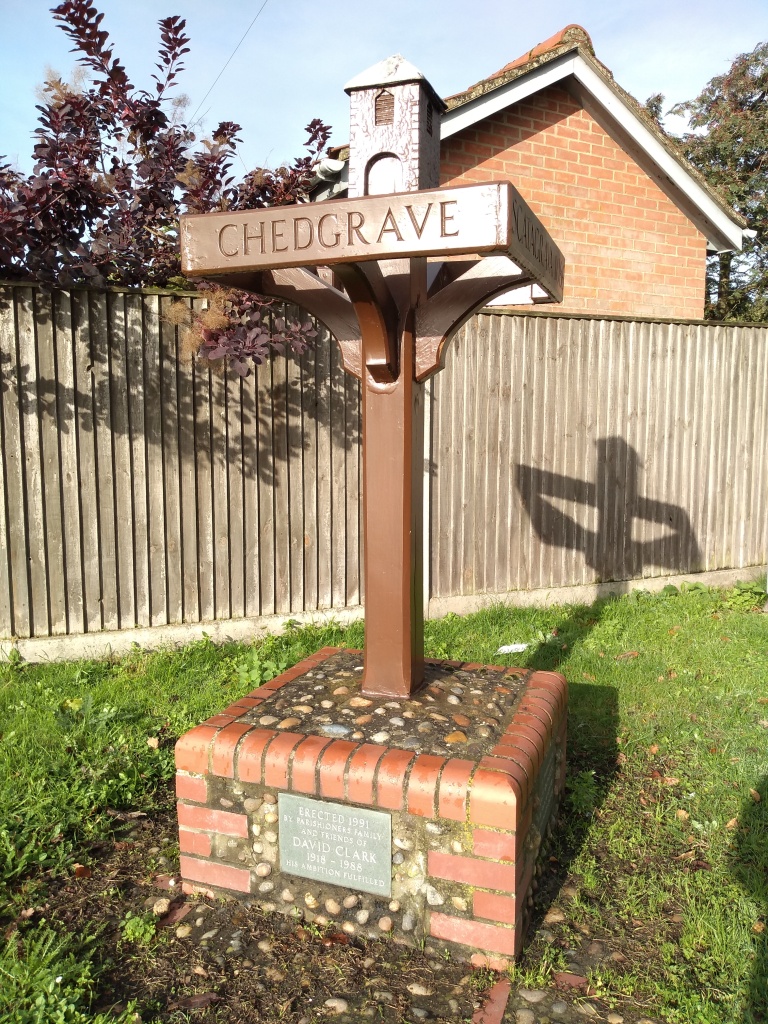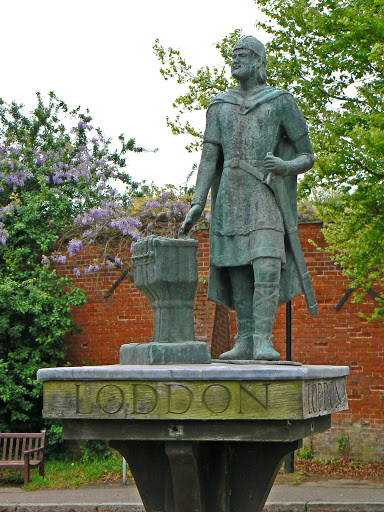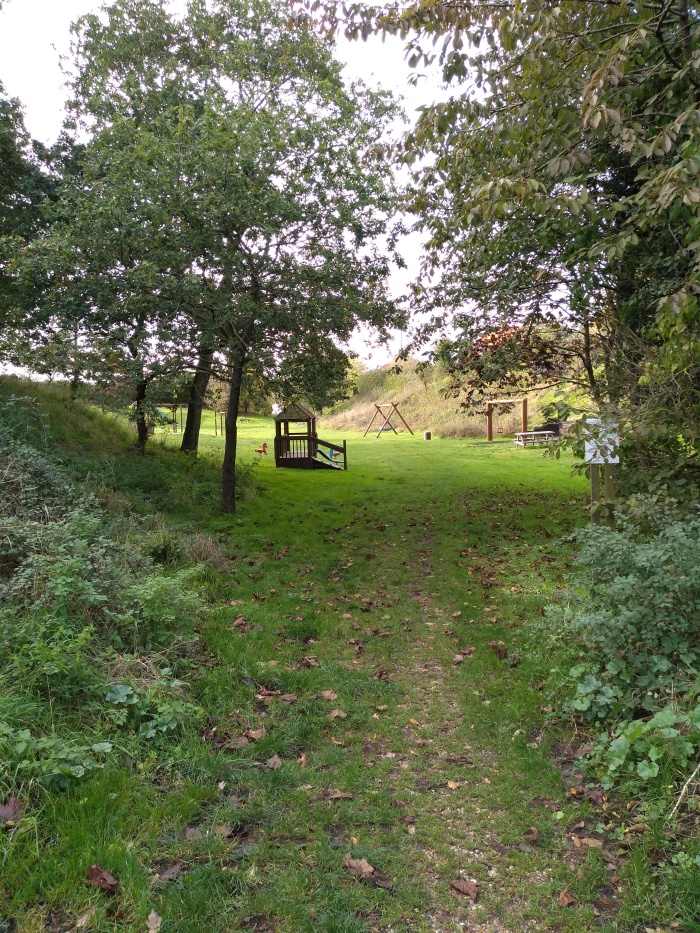The twin villages of Loddon and Chedgrave have ancient roots. Both are listed in the Domesday Book of 1086, that great asset register commissioned by that great asset stripper, William the Conqueror. Bill the Bastard wanted to know how much tax he could squeeze out of his newly acquired kingdom.

The earliest written mention of Loddon (Lodne or ‘muddy river’ in old Celtic) was before the Norman conquest, in the will of Ælfric Modercope written around 1042. Ælfric was a wealthy Anglo-Danish theyn (high-ranking retainer), a favourite of Emma of Normandy, consort to Cnut the Great, king of England, Denmark and Norway (and quite a few Swedes too). That would also be the legendary King Canute who tried to order back the tide. Sadly, that’s just a tall tale. Yes, I have spelt ‘Cnut’ correctly.
It’s not known just how intimate Alfie was with the serial Queen (she was the widow of Cnut’s predecessor) but he was one of the richest theyns in all East Anglia and by far the biggest landowner in old Lodne. Not that I’m one to gossip. A thousand years later, Alfie lives on with his rather butch bronze effigy standing on top of the village sign on Farthing Green.
Chedgrave’s sign features three different spellings of the village name – Chedgrave, as now, Scatagrava, the old Danish name and Chattegrava, the Latinised version used in Domesday.

The name is thought to derive from some Anglian bloke called ‘Cheatta’ plus either ‘Grove’ or ‘Pit’ (depending on the original pronunciation). I prefer ‘Cheatta’s Pit’. Sounds a bit more dark ages and vaguely pagan. I have fanciful notions of Cheatta and his kin dancing naked round a fire pit to celebrate the summer solstice. And the fact we live on Pits Lane next to a recreational space called ‘the Pits’ adds a little spice to the fantasy.



It is so mind-boggling to me to think of towns that have existed for 1000 years. The little town of Bisbee was founded 140 years ago, in 1880, and that’s considered “old” in these parts.
LikeLiked by 1 person
Yes, and our little settlement is quite a newbie compared to so many places across the ‘Old World’ as it used to be called. Even London is nearly two thousand years old.
LikeLiked by 1 person
When this whole Covid mess is under control, I gotta get to Europe!
LikeLiked by 2 people
Looks like my kind of place. We have pits in Jamaica too… Jerk pits, where chicken and pork is “jerked” on a barbecue. That goes back to the Tainos. Pits are cool!!
LikeLike
Truth be told we live next to an old gravel pit now converted into a playground for the young ‘uns. Mind you, there’s some picnic tables so maybe a jerk chicken lunch for summer 2021! 😉
LikeLiked by 1 person
And why not? 🙂
LikeLiked by 1 person
I have several Mickleburgh ancestors and their addresses shown on censuses and Wills shows the lived at the Gravel Pits, do you know exactly where these were within the village and are there any photographs? I can see they were very poor from the Poor Law Union – Loddon & Havering Hundreds records and the Heckingham Workhouse records, so guess these houses/hovels no longer exist.
LikeLiked by 1 person
Hi John, you can see a picture of the gravel pit as it is now on the post. It’s now a playground. The only remaining oldish houses next to the Pits (as it’s known now) are the four 1850s cottages at the top of Pits Lane. You can see these in the post as well. Thankfully, the houses are no longer hovels as I live in one of them! 😀
My neighbour, who is into genealogy, obtained the entries for the 1911 national census. It provided a tantalising glimpse into the lives of the residents of our little terrace at that time. I wrote about it in a previous post – https://perkingthepansies.com/2020/03/07/two-up-two-down/
LikeLike